How many sport icons can you guess. Here’s a simple grid game designed just for you. Play it just like Sudoku

There are many categories of games. Here are six of them. All you need to do if play it like sudoku
PICDOKU:
This game features some Games. Can you place them in the grid correctly?
How to play:
A Picdoku is just like a Sudoku, but with pictures instead of numbers. Fill up the grid in such a way that each game appears only once in every row, column and 2*3 grid.
A set of six questions for a Saturday quiz. How many of these can you answer correctly?
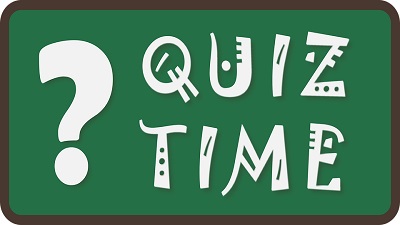
Wondering what to do over the weekend? Here’s a quiz to get you started.
Don’t get fooled. These are not two identical images. Spot the differences between the two.
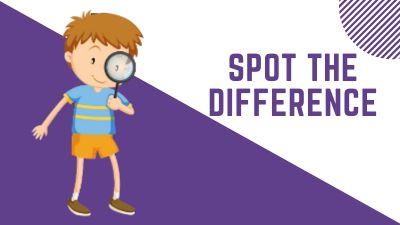
The garba and dandiya are representative of Dussehra. But these two pictures are not the same. Can you spot the 10 differences between them?
Troop, swarm, pod, gaggle … what are these words? They are collective nouns, used to describe a group of things, animals or people.
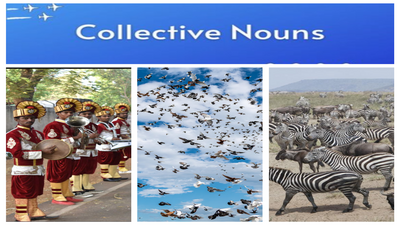
A collective noun refers to a group of people, things, animals, birds and so on. For example, we say, a murder of crows, flock of birds, a galaxy of stars, a herd of cattle, a pair of rogues and so on.
Look at these images and fill in the blank with the collective noun.
Ravana was made of the stuff of legend, but this version of him you create is made of paper cups! Read on.
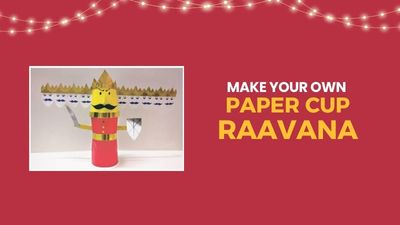
Here’s a fun Dussehra project for you. Can you try crafting your own version of the ten-headed King of Lanka, Ravana? Grab the materials required and build him from the ground up!
Play this word game to test your knowledge in History. Can you guess the word within six attempts?
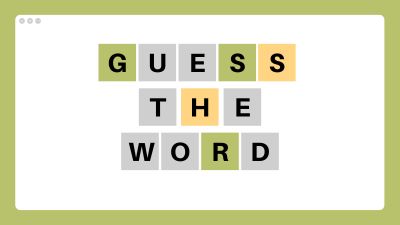
An empire is a significant political and historical concept where a state or a country controls territories beyond its original borders, often through conquest or colonisation. Examples include the Roman Empire and the British Empire. Can you find this six-letter word that is related to kingdoms/empires/domains?
How to play
You have to guess the hidden word in as few attempts as possible. You have up to 6 attempts. After each attempt, letters will be shown in three colours. If the letter is green, it is present in the word and is in the right place. If the letter is yellow, it is present in the word but is not in the right place. If the letter is grey, then it is not present in the word.
Time to up your health-related vocabulary with this activity. Give it a shot now.

This activity has 30 words that are related to health. Can you fit them all into the grid correctly?
The lights come on, the dolls come out and the festivities are set to take off across India. Let’s explore.
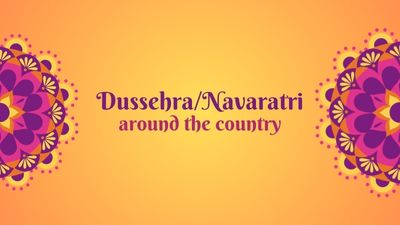
The festive season is upon us, and this means it’s time to celebrate. Learn how Dussehra/Navaratri is observed in different parts of the country.
Click on the hotspots to read.
Map is used for representation only, not drawn to scale
What is broadcast journalism? What do broadcast journalists do? Read on …

Broadcast journalism is a field in which news and stories are delivered through electronic media like television, radio, or online streaming. Journalists in this field report on current events and provide live updates, interviews, and analysis. Their goal is to inform the public, often working on tight deadlines to bring breaking news or in-depth investigations to audiences as quickly and accurately as possible.
Scroll through this slider to know more about this field.
This crossword has a splash of fun in every clue. Can you complete these idioms based on colours?
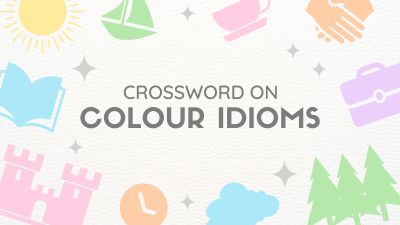
An idiom is a phrase that means something different from its literal meaning. For example, when we say “It’s raining cats and dogs”, we mean it’s raining heavily. When a task is a “piece of cake”, it means it’s very easy.
This crossword is sure to brighten up your day. It features idioms that contain the names of colours. Can you complete the grid?









